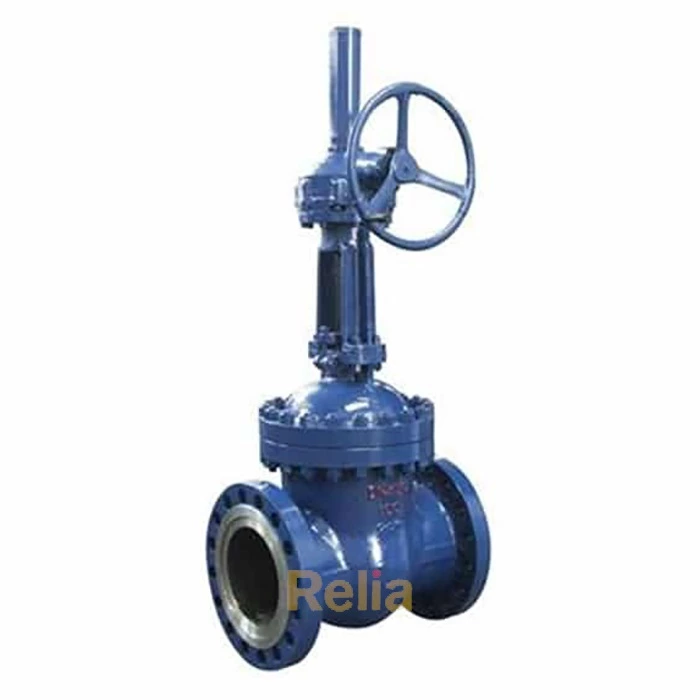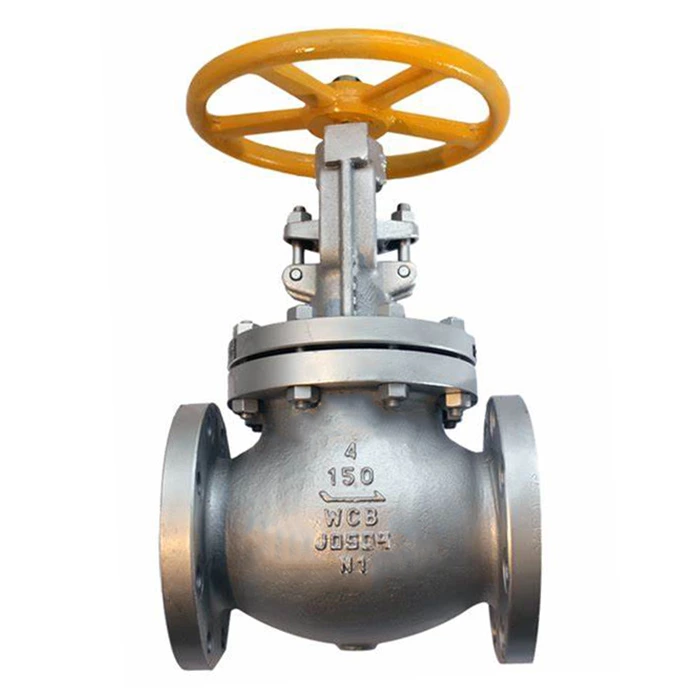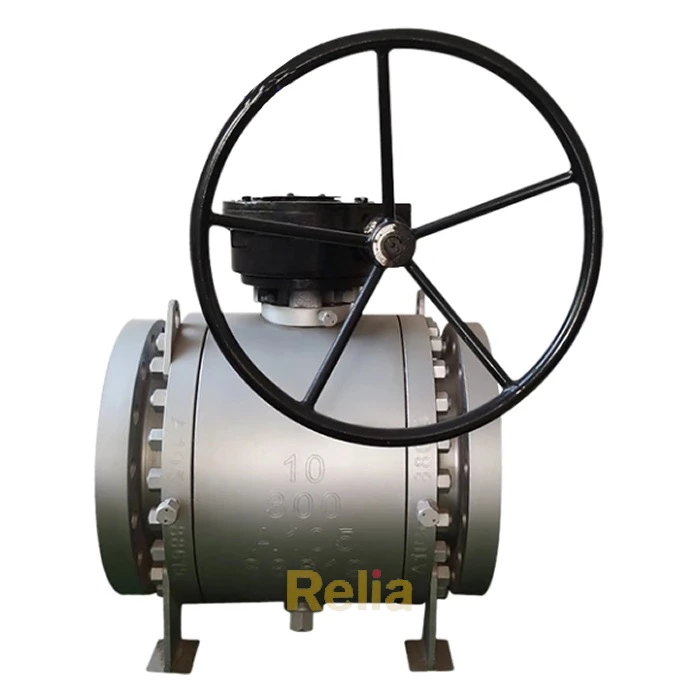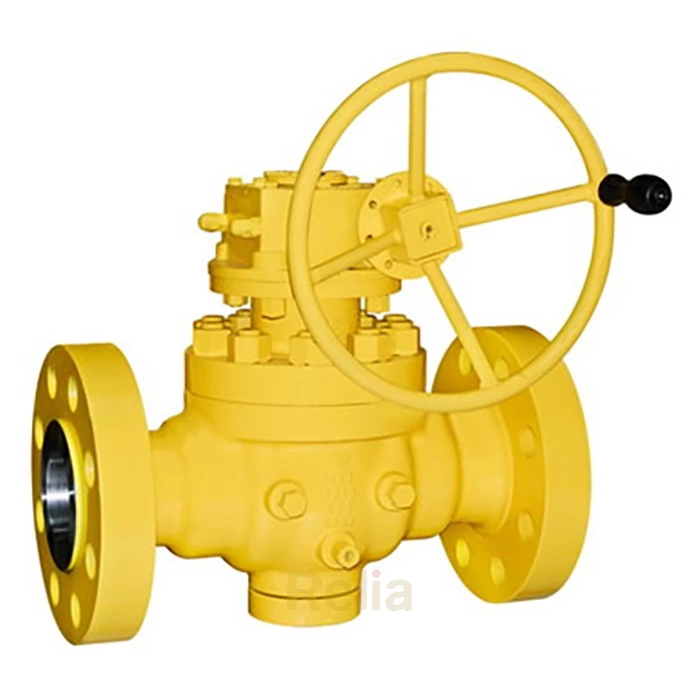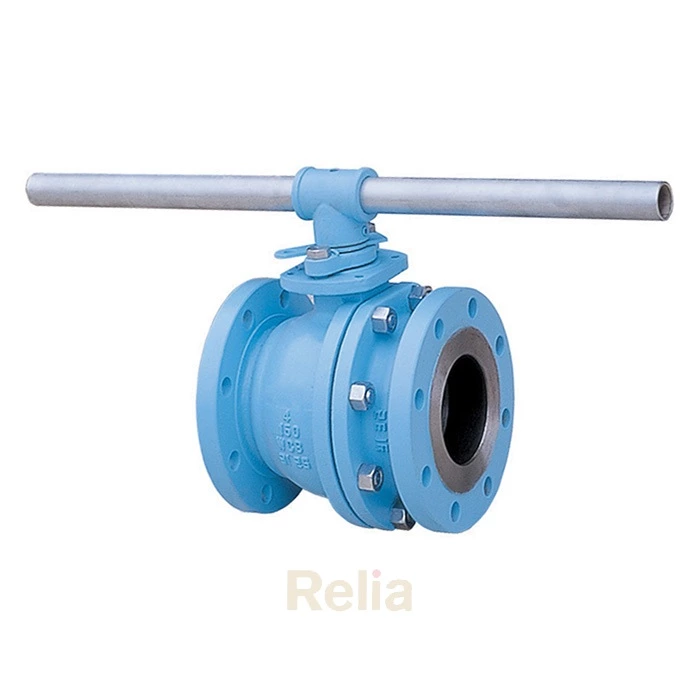ISO 15156: Materials for use in H2S containing environments
Part 2: Cracking-resistant carbon and low-alloy steels, and the use of cast irons
ISO 15156 part 2 gives requirements and recommendations for the selection and qualification of carbon and low-alloy steels for service in equipment used in oil and natural gas production and natural gas treatment plants in H2S-containing environments, whose failure can pose a risk to the health and safety of the public and personnel or to the environment. It can be applied to help to avoid costly corrosion damage to the equipment itself. It supplements, but does not replace, the materials requirements of the appropriate design codes, standards or regulations.
This document addresses the resistance of these steels to damage that can be caused by sulfide stress cracking (SSC) and the related phenomena of stress-oriented hydrogen-induced cracking (SOHIC) and soft-zone cracking (SZC).
This document also addresses the resistance of these steels to hydrogen-induced cracking (HIC) and its possible development into stepwise cracking (SWC).
This document is concerned only with cracking. Loss of material by general (mass loss) or localized corrosion is not addressed.
Table 1 provides a non-exhaustive list of equipment to which this document is applicable, including exclusions.
This document applies to the qualification and selection of materials for equipment designed and constructed using load controlled design methods. For design utilizing strain-based design methods, see ISO 15156-1:2020, Clause 5.
Annex A lists SSC-resistant carbon and low alloy steels, and A.2.4 includes requirements for the use of cast irons.
This document is not necessarily suitable for application to equipment used in refining or downstream processes and equipment.
Part 3: Cracking-resistant CRAs (corrosion-resistant alloys) and other alloys
ISO 15156 part 3 gives requirements and recommendations for the selection and qualification of CRAs (corrosion-resistant alloys) and other alloys for service in equipment, used in oil and natural gas production and natural gas treatment plants in H 2 S-containing environments, whose failure could pose a risk to the health and safety of the public and personnel or to the environment. It can be applied to help to avoid costly corrosion damage to the equipment itself. It supplements, but does not replace, the materials’ requirements of the appropriate design codes, standards or regulations.
This part of ISO 15156 addresses the resistance of these materials to damage that may be caused by sulfide stress-cracking (SSC), stress-corrosion cracking (SCC) and galvanically-induced hydrogen stress-cracking (GHSC).
This part of ISO 15156 is only concerned with cracking. Loss of material by general (mass loss) or localized corrosion is not addressed.
Table 1 provides a non-exhaustive list of equipment to which this part of ISO 15156 is applicable, including permitted exclusions.
This part of ISO 15156 applies to the qualification and selection of materials for equipment designed and constructed using conventional elastic design criteria. For designs utilizing plastic criteria (e.g. strain-based and limit-state designs), see ISO 15156-1:2001, Clause 5.
This part of ISO 15156 is not necessarily suitable for application to equipment used in refining or downstream processes and equipment.
